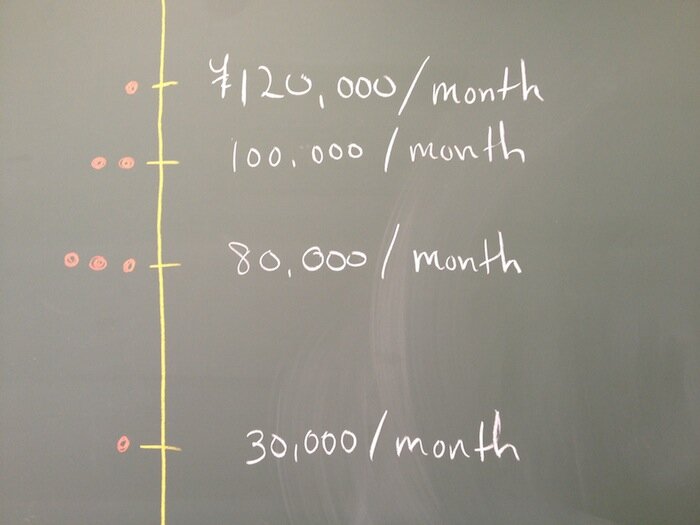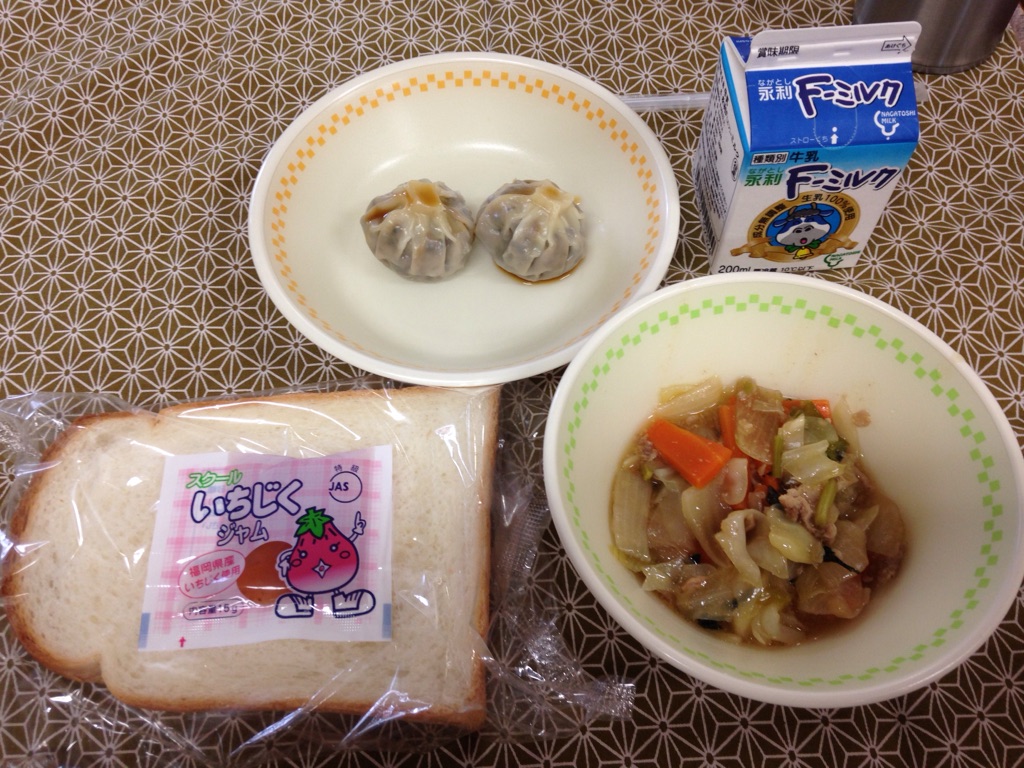The kids are now in their second week of school after Golden Week, which is always a tough time for any student here. Gogatsu-byō, they call it. (Lit. May Disease, but can be translated as post-vacation blues.)
One of the kids in my elder son's class has stopped coming to school altogether, much to my son's delight. (The two go to the same dojo and have hated each other since kindergarten.) The kid hadn't been doing his homework (of which there is a pile every day) and was doing poorly on the tests. (This is all hearsay, so I can't really verify.)
Seems kids like to push buttons at the start of the year to see how much they can get away with and my sons, because of the way they look (i.e. not Japanese) tend to get picked on first, which is one of the reasons I had them take karate from such an early age. One kid made fun of my elder son's name, so he went up to him, stared him down, and in his deep voice--a la Robert De Niro--said something like, "You talking to me?" And that was the end of that. He can break baseball bats with one kick and the other kids know it, so he is able to manage these little pests fairly easily.
My younger son is more the lover than the fighter type, slightly more sensitive than his big brother, but still scrappy. He said that one of the kids called him "Amelika-jin". Now, I'm not the rah-rah U! S! A! meathead type, but this kind of thing just pisses me off, especially when you consider history, geopolitics and so on.
When my son told me about it later, I told him that the next time some idiot says something like that, say: "Hey, twinkie, would rather be speaking Russian or Chinese?"
Fact of the matter: if it weren't for America--warts and all--Japan would be a very different country today.
My wife was listening and said, "You're Daddy's right. You boys are lucky to be American. Those passports alone, Do you know how much those are worth???"
I turned to my wife and said, "From now on, I would like you to greet me in the morning with 'Thank you, America!'"
And we laughed it off.
From experience, these little trials don't last very long. Again, it seems kids like to see how much they can get away with before the teacher steps in and puts a stop to it. We've been lucky with our teachers in that regard.
Yesterday, during our morning walk, I noted that our elder son's school load sure was ratcheted up since entering the fifth grade. He has I think 10 subjects now and all of them really demand a lot of the student. Math, which, is taught sometimes 6-8 times a week in the earlier grades to really make things sink in, is only taught 4 times now, but the content is much more difficult. The typical American high school student would probably be stumped. And that's just math. Then there's Japanese and even more Chinese characters to remember how to not only read, but write. Science and Social Studies are also vigorously taught, if you can say that. At any rate, they really take each and every subject dead serious.
We're fortunate, though. The boys, while they wouldn't mind having less homework every day, seem to be enjoying their studies and keeping up well enough.
I told my wife that education in Japan reminded me of a game I used to play as a kid called Stay Alive where the "sole survivor" is the one who manages to not lose his marbles and get into Tokyo University.


















